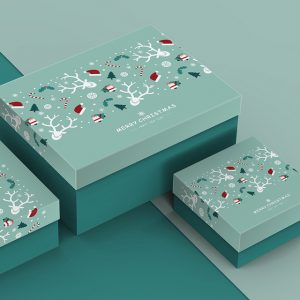The science of cardboard involves understanding the properties and composition of the material, as well as its manufacturing process and various applications. Here are some key aspects of the science of cardboard:
- Composition: Cardboard is a type of paperboard made from paper pulp fibers. It typically consists of three layers: the outer liner, the fluted or corrugated medium, and the inner liner. The outer liner and inner liner provide strength and stability, while the fluted medium acts as a cushioning and insulating layer.
- Corrugation: The fluted medium, also known as corrugation, is a series of parallel, wave-like arches that run between the two liners. Corrugation increases the stiffness and strength of the cardboard, making it suitable for various applications.
- Strength and Stiffness: The strength and stiffness of cardboard depend on factors such as the thickness and type of paper used, the number of flutes per foot, and the direction of the corrugation (single, double, or triple wall). These properties determine the weight-bearing capacity and durability of the cardboard.
- Sustainability: Cardboard is considered a sustainable and eco-friendly material. It is made from renewable resources like wood pulp from trees, and it is biodegradable and recyclable, reducing its environmental impact.
- Manufacturing Process: The manufacturing process of cardboard involves pulping wood fibers, forming sheets of paperboard, and adding corrugation through a series of heated rollers. The process includes adhesive application and precise cutting to produce cardboard sheets of various sizes and thicknesses.
- Packaging and Shipping: Cardboard’s primary application is in packaging and shipping. Its lightweight nature and excellent cushioning properties make it ideal for protecting and transporting goods over long distances.
- Box Compression Test (BCT): The Box Compression Test is a standard measure used to determine the maximum load a cardboard box can withstand before collapsing. It is an essential factor in ensuring the strength and safety of cardboard packaging for various industries.
- Printability and Graphics: Cardboard provides an excellent surface for printing graphics, logos, and product information. Advances in printing technology have allowed for high-quality, colorful graphics on cardboard packaging.
- Insulating Properties: The air trapped within the corrugated layers provides insulation, making cardboard boxes useful for temperature-sensitive products like food or electronics.
- Versatility and Customization: Cardboard can be easily cut, folded, and shaped, making it versatile for various applications, including DIY projects, displays, and temporary structures.
The science of cardboard continues to evolve as researchers explore new manufacturing techniques and sustainable alternatives to further enhance its properties and applications. As a widely used material in various industries, cardboard’s durability, recyclability, and cost-effectiveness make it a preferred choice for both businesses and consumers.








